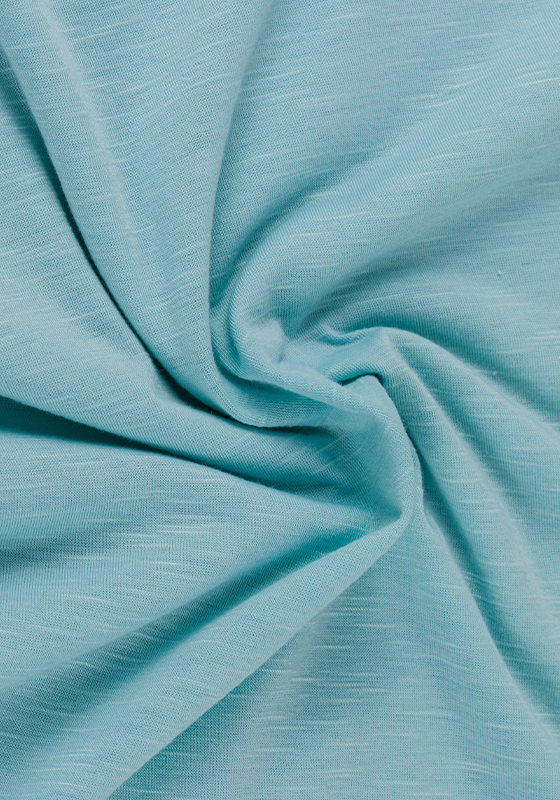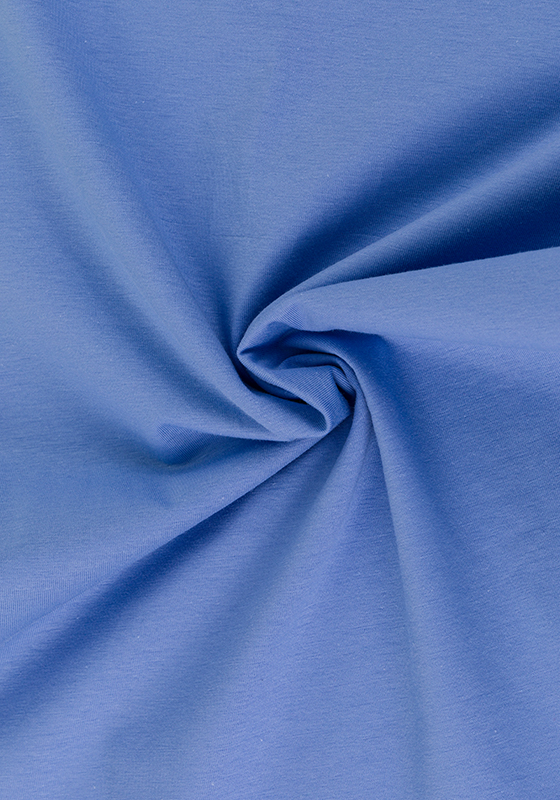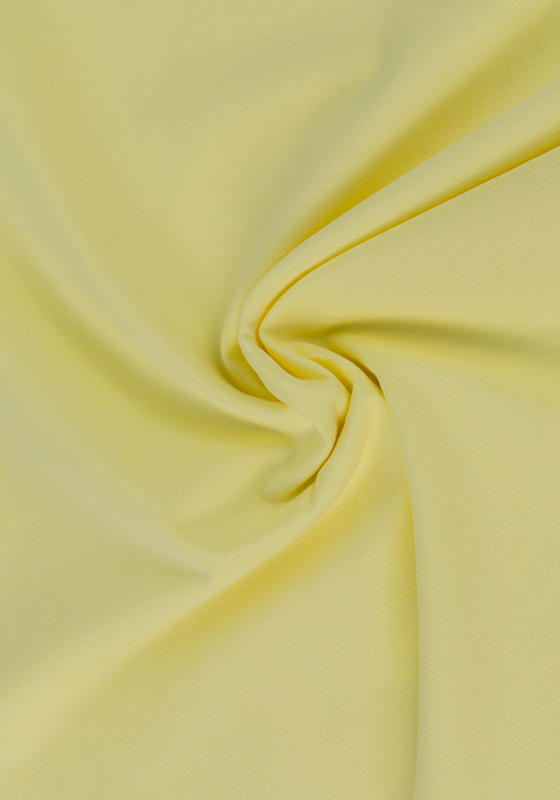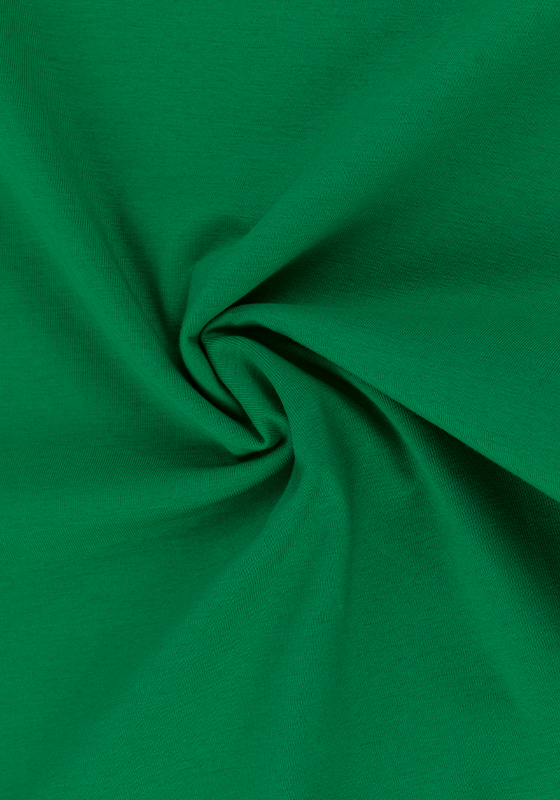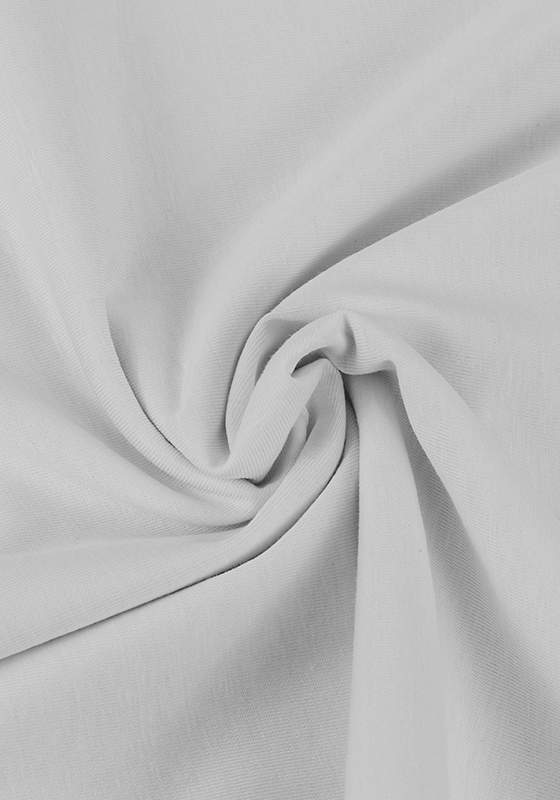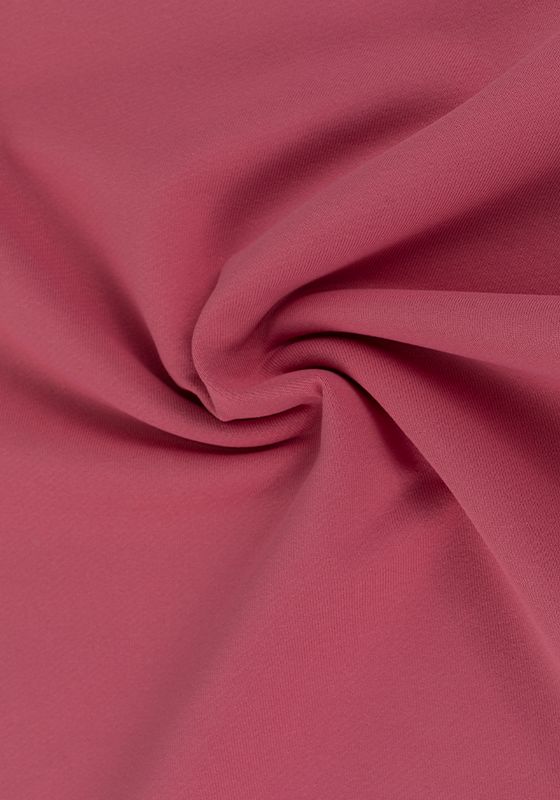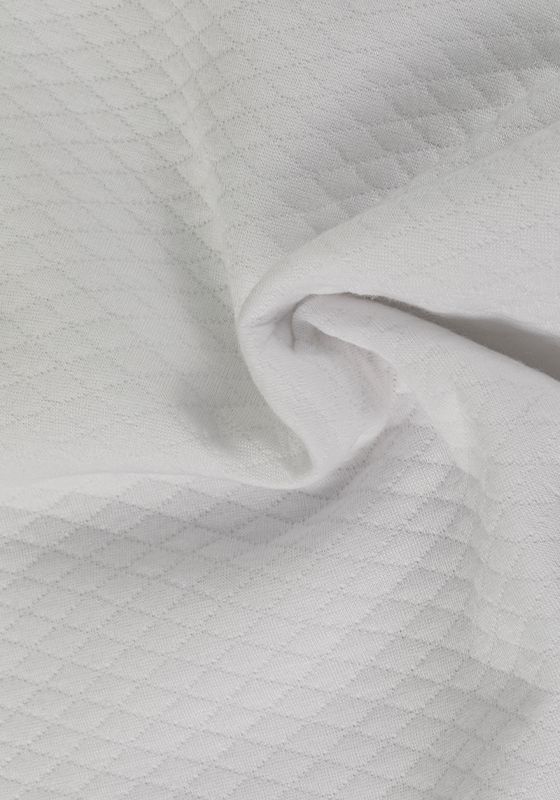Large twill dyeing is a process used in the textile industry to dye knitted fabrics. It is a type of continuous dyeing process that is designed to reduce water usage and the environmental impact of textile dyeing.
The process involves passing the knitted fabric through a series of large rollers that apply the dye to the fabric. The fabric is then passed through a hot air oven to dry the dye, which is then set with a steam treatment. The fabric is then rinsed and washed to remove any excess dye.
Compared to traditional dyeing methods, large twill dyeing requires less water, energy, and chemicals, making it a more sustainable process. It also reduces the amount of wastewater generated during the dyeing process, which helps to minimize environmental impact.
Additionally, large twill dyeing can produce a wider range of colors and shades, and the resulting fabric has improved color fastness and uniformity. These benefits make large twill dyeing a popular choice for many textile manufacturers who want to reduce their environmental impact without sacrificing quality or productivity.

